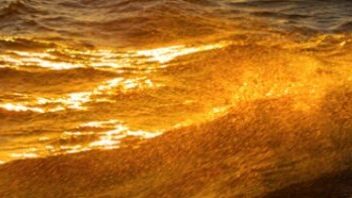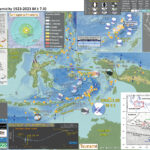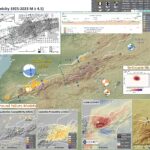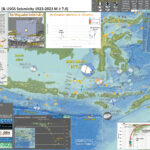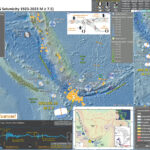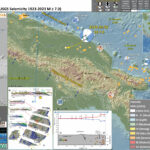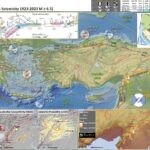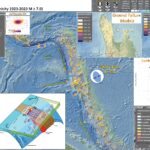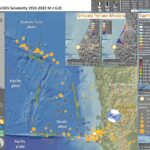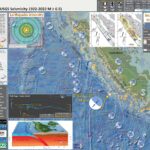The other evening (my time) I and many others noticed a series of earthquakes in the Banda Sea region. As is typical, people want as much information about these earthquakes as possible as soon as possible. There were two quakes…
Earthquake Report: M 6.8 Morocco
This evening (my time) there was an earthquake in Morocco. Magnitude 6.8, rather shallow, reverse or thrust (compressional) mechanism. https://earthquake.usgs.gov/earthquakes/eventpage/us7000kufc/executive This M 6.8 earthquake happened in the Atlas Mountains, a compressional system with south dipping reverse faults on the north…
Earthquake Report: M 7.1 Indonesia
Yesterday on my way home from a Phil & Graham Lesh show, I got a tsunami notification alert from the National Tsunami Warning Center. There was a magnitude M 6.9 earthquake offshore of Indonesia and there was no tsunami threat…
Earthquake Report: M 7.7 Loyalty Islands
I am catching up with this today as I have been busy with other things. I am still behind on those things, but wanted to get this put together since I am currently working on a project that includes tsunami…
Earthquake Report: M 7.1 Kermadec
I am currently taking a break following an excellent Seismological Society of America Meeting in San Juan Puerto Rico. I presented a couple posters and one talk on the results from our USGS Powell Center meeting where we developed a…
Earthquake Report: M 7.0 Papua New Guinea
This morning (my time) I received a notification from the National Tsunami Warning Center, the organization responsible for generating notifications for my locality (California). There was a magnitude M 7.0 earthquake in Papua New Guinea. https://earthquake.usgs.gov/earthquakes/eventpage/at00rsi26z/executive This earthquake was almost…
Earthquake Report: M 7.8 in Turkey/Syria
We just had a severe earthquake in south eastern Turkey, northwestern Syria. We call this the Kahramanmaraş Earthquake https://earthquake.usgs.gov/earthquakes/eventpage/us6000jllz/executive Well, I learned tonight (14 Feb) that these M 7.8 and M 7.5 earthquakes have been named by the Turkey Minister…
Earthquake Report: M 7.0 Vanuatu
Early this morning (my time) I got a notification from the Pacific Tsunami Warning Center that there was no tsunami threat from an M 7.2 earthquake in the Vanuatu Islands. Tsunami Info Stmt: M7.2 Vanuatu Islands 0433PST Jan 8: Tsunami…
Earthquake Report: M 6.4 Gorda plate
Initial Narrative Well, it has been a very busy week. I had gotten back from the American Geophysical Union Fall Meeting in Chicago late Saturday night. I had one day to hang out with my cats before I was to…
Earthquake Report: M 6.9 Sumatra
While I was travelling back from a USGS Powell Center Workshop on the recurrence of earthquakes along the Cascadia subduction zone, there was an earthquake (gempa) offshore of Sumatra. https://earthquake.usgs.gov/earthquakes/eventpage/us7000iqpn/executive There was actually a foreshock (more than one): https://earthquake.usgs.gov/earthquakes/eventpage/us7000iq2d/executive I…
